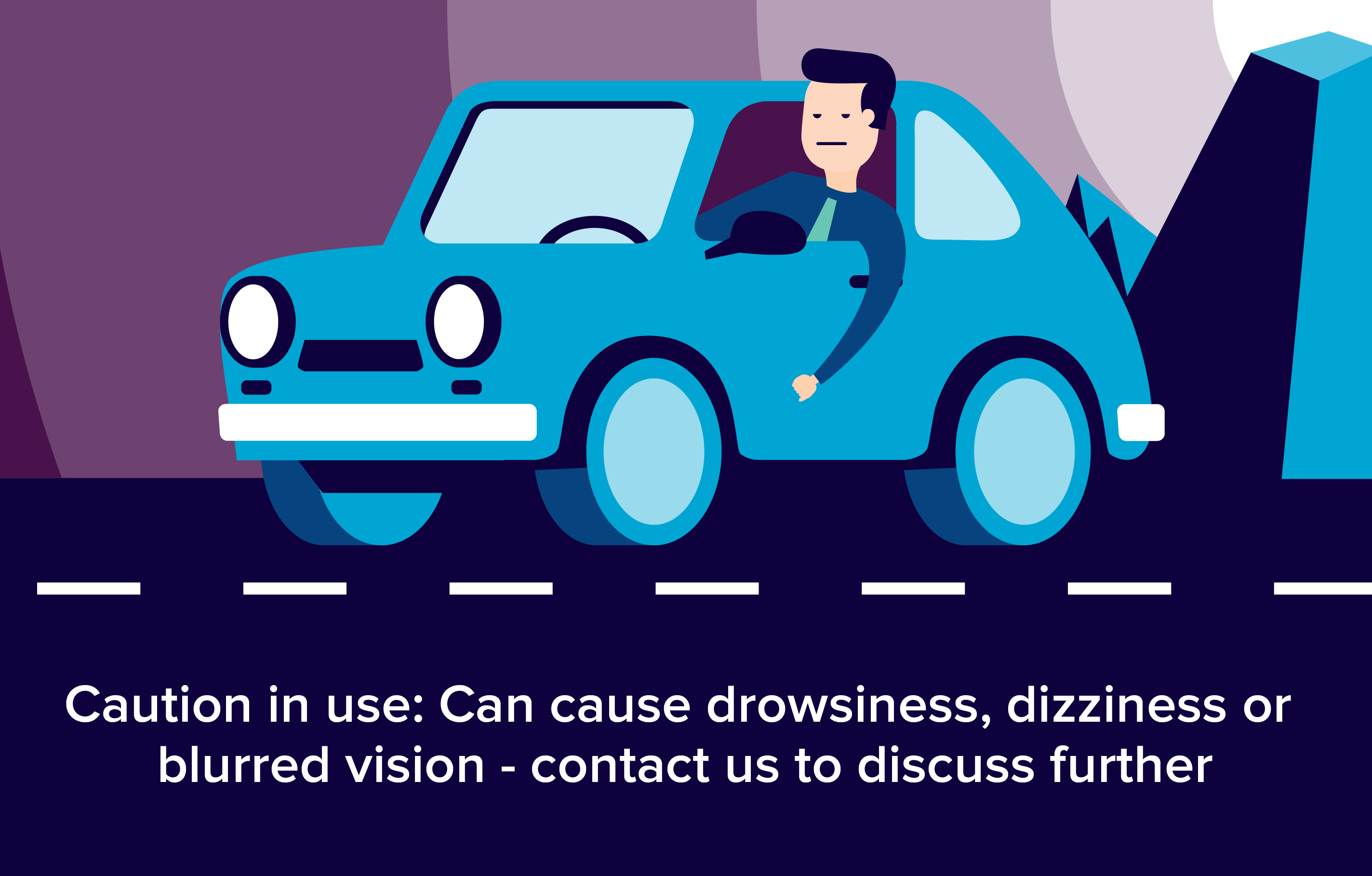Transiderm-Nitro is used to prevent the symptoms of angina. Angina means a painful tightness “in the chest”.

Why have I been prescribed Transiderm?
- Transiderm-Nitro is used to prevent the symptoms of angina.
- Angina means a painful tightness “in the chest”.
How does it work?
- Transiderm-Nitro is an adhesive patch containing a supply of glyceryl trinitrate which it releases through the skin and into the blood vessels.
- Glyceryl trinitrate is one of a group of medicines called nitrates.
- It works by relaxing the blood vessels, thereby allowing more blood to flow through them and reach the heart.
When and how do I take it?
You should normally put on a new patch once a day, - usually in the morning. Your doctor may tell you to remove the patch for 8 –12 hours out of every 24 hours, usually at night.
Where to apply the patch:
- Choose any area of skin on your trunk or upper arm. The skin should not be inflamed, broken, or irritated. To help the patch stick, the skin should be clean, non-hairy, dry, and free of creams, lotions, oil, or powder. You should apply the patch to a different area of skin each day.
- Wait several days before using the same area again.
Applying the patch:
- Press the sticky side of the patch firmly to the area of skin you have chosen (e.g your trunk or upper arm) with the palm of your hand. Hold it there for about 10-20 seconds. Make sure that it sticks well, especially around the edges.
- Do not test the patch by pulling it once it is on your skin.
When and how to remove the patch:
- Leave the patch in place on your skin for as long as the doctor told you. Peel it off and fold it in half, pressing the sticky sides together. Never cut or tear the patch. Throw the old patch away, ensuring that it is out of the reach of children.
- Any adhesive left on the skin can be removed with alcohol. Stick a new patch on a different area of your skin.
Does it matter if the patch gets wet?
- No. Bathing, swimming, showering, or exercising will not usually affect the patch if it has been correctly applied.
What’s the dose?
- In general, treatment is started with the smallest size patch (Transiderm-Nitro 5milligrams/24hours) and increased gradually.
- For most people one Transiderm-Nitro 10milligrams/24hours patch is sufficient.
- Do not use more than two 10milligrams/24hours patches or one Transiderm-Nitro 15milligrams/24hours patch plus one Transiderm-Nitro 5milligrams/24hours patch at a time.
- Depending on how you respond to the treatment, your doctor may suggest a higher or lower dose.
Could it interact with other tablets?
If you are taking or have recently taken any other medicines in addition to Transiderm-Nitro including any you may have bought without a prescription. It may be necessary to change your dose or, in some cases, to stop one of the medicines.
It is especially important for your doctor to know if you are taking:
- Medicines used to lower high blood pressure,
- Medicines that widen blood vessels such as other nitrates and hydralazine,
- Medicines used to treat depression or mood disturbances (major tranquillisers),
- Medicines used to treat mental disorders,
- Medicines used to treat migraine (dihydroergotamine), medicine used to treat erectile dysfunction (inhibitors of an enzyme called phosphodiesterase type 5, including Viagra®)
Herbal products should also only be taken after talking with your doctor.
What are the possible risks or side-effects?
Like all medicines, Transiderm-Nitro can have some side effects in some people. The following side effects may occur and may disappear during treatment. Usually they do not need medical attention, but check with your doctor if any of these last for more than a few days or are severe.
Very common side effects: Likely to affect 10 or more in every 100 patients
- Nausea
- Vomiting
Common side effects: Likely to affect between 1 and 10 in every 100 patients
- Headache, which may need treatment with a mild analgesic
Uncommon side effects: Likely to affect less than 1 in every 100 patients
- Irritation of the skin: The skin under the patch may become slightly red and itchy. This will disappear within a day after the patch is taken off.
- Skin allergies: The skin under the patch may become very red, swell, or form blisters. If you develop generalised rash, covering extensive areas of skin, it may be necessary to tell your doctor.
Can I drink alcohol while taking it?
Alcohol along with Transiderm Nitro can result in very low blood pressure and so should be avoided.
What if I’m pregnant/breastfeeding?
This product should not be used during pregnancy and in women breast feeding infants, unless considered essential by the doctor.
If you have any more questions please ask your Pharmacist.
Remember to keep all medicines out of reach of children
Please Note: We have made every effort to ensure that the content of this information sheet is correct at time of publish, but remember that information about drugs may change. This sheet does not list all the uses and side-effects associated with this drug. For full details please see the drug information leaflet which comes with your medicine. Your doctor will assess your medical circumstances and draw your attention to any information or side-effects which may be relevant in your particular case.
References:
http://www.drugs.com/uk/transiderm-nitro-5-patches-leaflet.html
http://www.netdoctor.co.uk/medicines/heart-and-blood/a7669/transiderm-nitro-patches-glyceryl-trinitrate/
https://www.medicines.org.uk/emc/medicine/1333
http://www.hpra.ie/img/uploaded/swedocuments/PIL-2132432-23052013141843-635049155260890000.pdf
http://www.novartis.com.au/pi_pdf/tdn.pdf

